
This free CE webinar offers straight talk about how to address the five biggest post-pandemic obstacles veterinary practices will face.

This free CE webinar offers straight talk about how to address the five biggest post-pandemic obstacles veterinary practices will face.
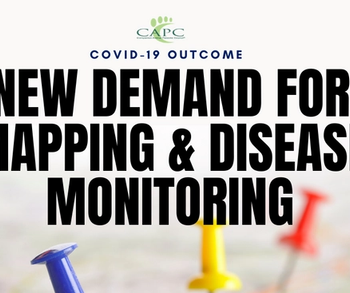
Join The Bridge Club and CAPC on May 13 for an important conversation about how COVID-19 has shined a spotlight on One Health in an evolving world.
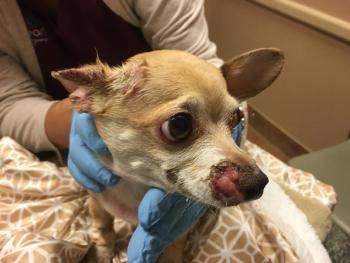
A veterinary dermatologist provides diagnostic insight into the triggers and clinical signs of erythema multiforme, and how best to resolve the condition.

In the spirit of “building a better mousetrap,” researchers have tested a novel measurement protocol—the manubrium heart score—for flagging cardiac disease in dogs.
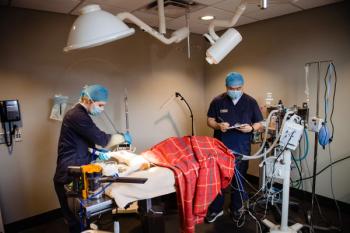
There are a million things to keep track of in this fast-paced position—all while keeping your patients alive and comfortable.

Are you taking advantage of the many apps available to help you increase productivity, communicate easily and make you laugh? Making use of technology can help you navigate both now and when the COVID-19 pandemic is behind us.

Yes, a dog tested positive for SARS-CoV-2, but there is no need for owners to panic, says Dr. Scott Weese. People pose a far greater risk to pets than vice versa.

Transparency, revolutionary care and staff development are the hallmarks of this stunning Texas practice, which was named a runner-up in the 2020 dvm360 Hospital Design Competition.

This week's top COVID-19 headlines.

Trupanion reports no increase in respiratory-related pet insurance claims.

A dive into the mindset of your millennial clients reveals their philosophies about pet ownership, their interest in pet health insurance, and how to communicate with this group in ways that are meaningful to them.
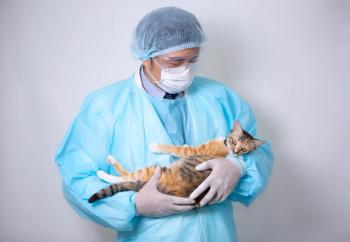
The extensive guidance, which is adaptable by state and local health departments as needed, revolves around infection prevention and control in veterinary practices during the pandemic.
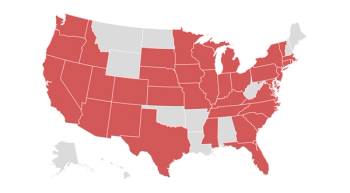
The CEO of the Companion Animal Parasite Council (CAPC) explains how COVID-19 elevates the role of veterinary teams in safeguarding the health of both pets and people.

It sure is, and here’s how veterinary technicians can play their part.

New research shows that pet owners anticipate lower prices—as well as good quality care—in Walmart-based veterinary clinics. Here’s how to compete.
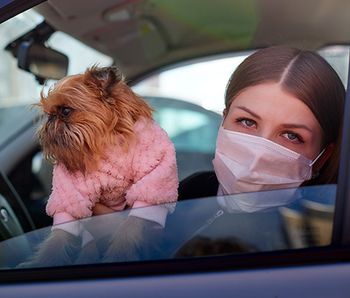
How are your veterinary clients coping with all the major changes your practice has implemented in the face of COVID-19? One practice team shares their experience.

Dr. Christopher Allen takes a look at the potential financial fallout facing veterinary associates and practice owners post COVID-19. He also shares some possible opportunities for those who are prepared.

Two veterinary technicians offer advice to fellow technicians who are looking for their next great job.
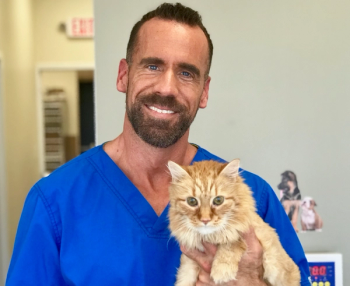
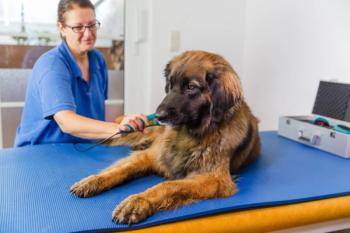
Staying current with technological advances in veterinary medicine is difficult, but it’s an important part of providing excellent patient care.

Our current state of affairs affects companion animals as well as the people who care for them. The National Dog Bite Prevention Week Coalition outlines why it’s more important than ever to incorporate dog bite prevention education into client communication.

Experts agree that in the face of the COVID-19 pandemic, veterinarians need technology in their practices today more than ever. Whether you're a technology novice or an expert, there's always more to learn.

Among the many adjectives that might describe working in a veterinary practice, ‘dangerous’ is likely not among the first that come to mind. But maybe it should be.

Are you remaining optimistic about the future of veterinary practice? This ongoing COVID-19 conversation offers tips for combatting depression and burnout right now, and planning for the future.

The necessary changes veterinary practices have made to promote social distancing during the COVID-19 outbreak are sparking all sorts of ideas about new ways to run a veterinary practice once the crisis is over.
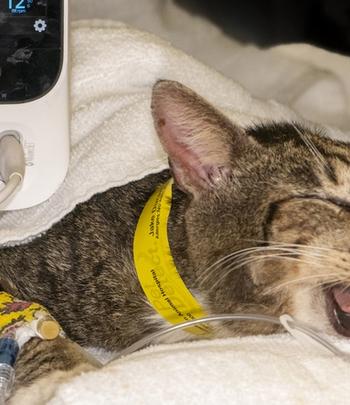
Monitoring ventilation is critical in dogs and cats undergoing dental procedures.

The association shared with its global veterinary audience news of the first animal in the United States to test positive for the virus, plus preliminary international research on transmission and treatment.
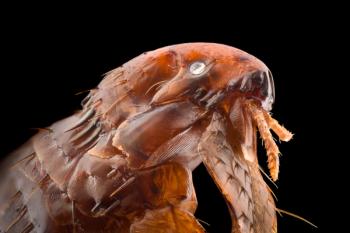
Fleas have a supersonic life cycle and fireball breeding power, but many veterinary clients don’t grasp the behemoth problems these arthropodal dynamos can create. That’s where you come in.

New research reinforces the power of word-of-mouth referrals in growing your veterinary practice.

This is uncharted territory for all of us. Here’s how one practice manager has changed her hospital’s protocols to continue providing excellent service while keeping people as safe as possible.